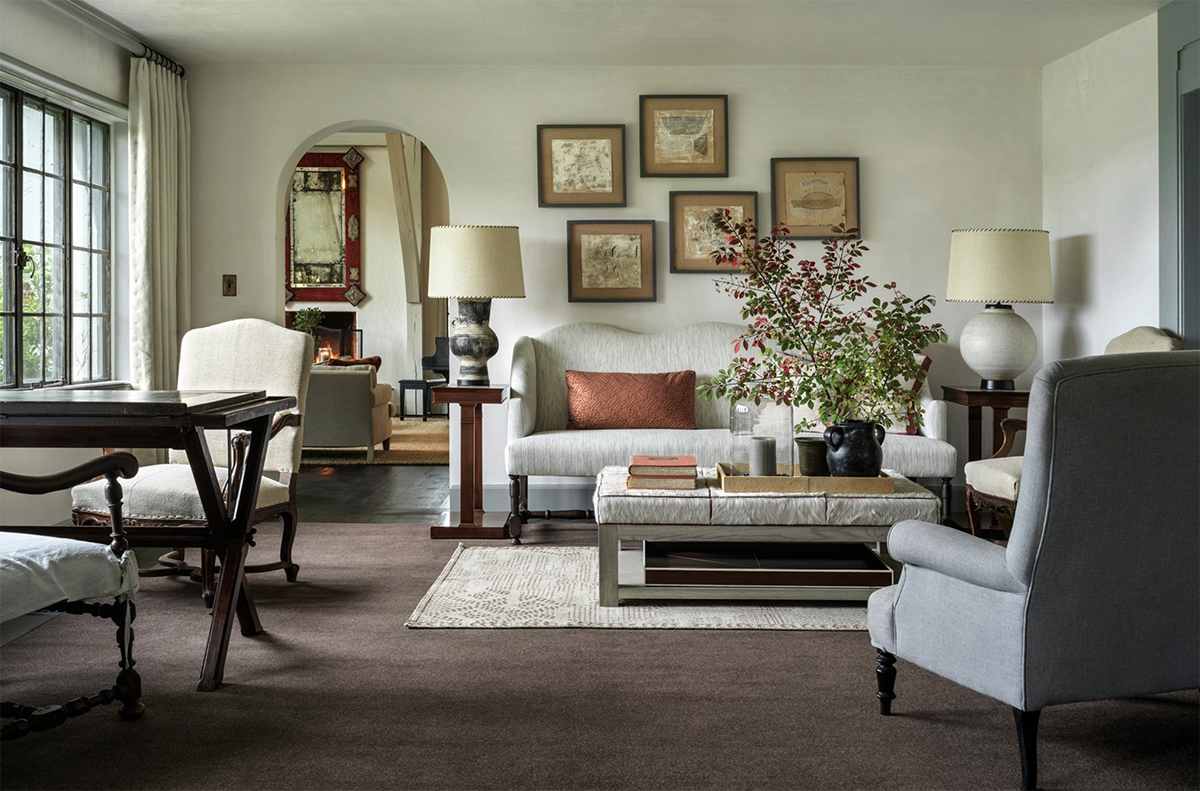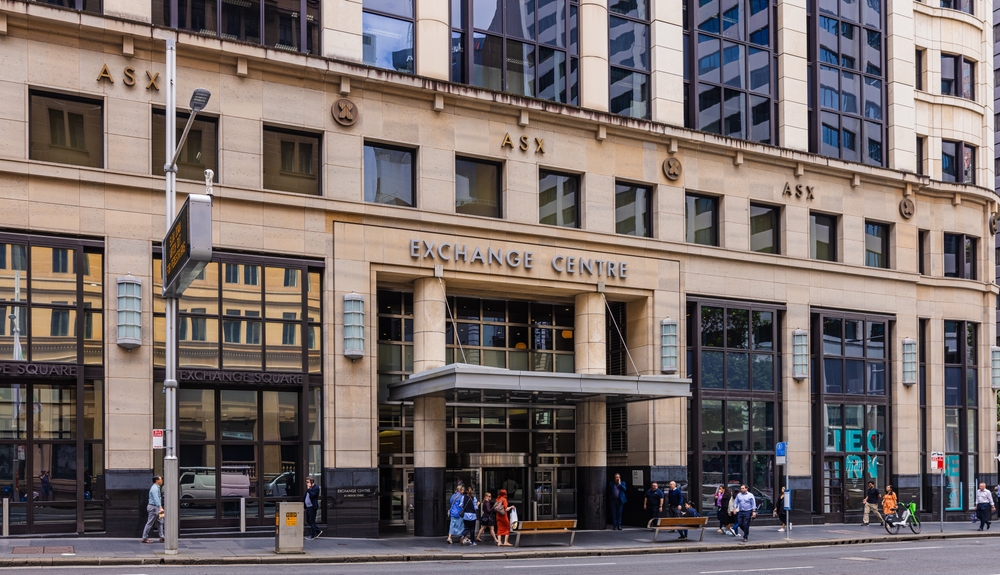The Interior Design Move That Is Both Calming And Statement-Making
Want to give a room a wow factor in a subtle, 2022 way? Adopt a tone-on-tone approach.
YOU HAVE likely seen the design tactic of “tone on tone” before: perhaps a house whose siding has been painted steel blue and window frames navy. Design pros often bring this mostly monochromatic flourish indoors—adorning walls, upholstery and painted furniture in various shades of a single colour—but your average person rarely does.
“It can get overwhelming for people to do it on their own,” said Fariha Nasir, a Houston, Texas, designer. Hewing to a single hue might seem like the décor equivalent of letting a majority shareholder control your company. But a room scheme without visual interruptions and drastic chromatic transitions can have considerable impact.
“A tone-on-tone interior can be very strong, restful and pure at the same time,” said London designer Rose Uniacke, who recently limited herself to sands-of-time shades—oat, ecru and a tawny fawn—in a Holland Park sitting room. Certainly one could pull together a punchy bedroom of lilac walls, amethyst headboard and eggplant carpet, but most of the designers we spoke with opted for subdued colours when taking this chromatically focused route. New York designer Steven Gambrel, for example, has variously sheathed rooms in schemes of chocolate, olive and smoke—tempered palettes his clients often request. “It’s a feeling they’re asking for, something that is relatively quiet,” he said.
Dre Shapiro, founder of Dre Design in Los Angeles, similarly spurns clear, bright colours in favour of earthier options, with some kind of brown mixed in, she said, “because they’re easier on the eye.” To suss out her starting point, Charleston, S.C., designer Cortney Bishop often reaches for a Farrow & Ball paint deck; she likes that the brand’s colours are “a little bit lower in tonal value.” She may begin with the company’s dusty pink, Calamine, as a main paint choice, then pull fabric in varying shades of that colour, she said. “I don’t worry if one swatch is light pink and one is a rose.”
To find his colour muse for any particular room, Mr. Gambrel considers the pigments of Mother Nature he sees outside its windows. In a room facing a glimmering harbour, for example, he might lean toward grey blues and icy silvers. Tone on tone “really brings you in,” he said. “It’s super comforting, super warm.”
Chromatically restricted rooms also age well. The 1920s English society decorator Syrie Maugham was a progenitor of the tonal approach, said Alexis Barr, instructor of design history at the New York School of Interior Design. She often focused on snowy palettes, marrying white-as-whole-milk upholstery, thick, creamy wool carpets and panels of mirrors for a timelessly moneyed mien. A century on, Maugham’s tonal interiors “still read as chic, clean and remarkably modern,” Ms. Barr said.
Designers say it’s crucial to inject a tone-on-tone space with textural differences. For a client’s dining room in Houston, Ms. Nasir painted the wall, trim and ceiling in a rich brown, Glidden’s Sweater Weather, then hung velvet draperies in the same tint that would reflect light differently for a layered effect.
Mr. Gambrel always tosses in an element of juxtaposition, like raw metal or ebonized wood, which helps to ground the space. “A hit of dark is really critical,” he said. “Without it, your eye doesn’t know where to rest itself.”
 Copyright 2020, Dow Jones & Company, Inc. All Rights Reserved Worldwide. LEARN MORE
Copyright 2020, Dow Jones & Company, Inc. All Rights Reserved Worldwide. LEARN MORE
This stylish family home combines a classic palette and finishes with a flexible floorplan
Just 55 minutes from Sydney, make this your creative getaway located in the majestic Hawkesbury region.
A Sydney site with a questionable past is reborn as a luxe residential environment ideal for indulging in dining out
Long-term Sydney residents always had handful of not-so-glamourous nicknames for the building on the corner of Cleveland and Baptist Streets straddling Redfern and Surry Hills, but after a modern rebirth that’s all changed.
Once known as “Murder Mall” or “Methadone Mall”, the 1960s-built Surry Hills Shopping Centre was a magnet for colourful characters and questionable behaviour. Today, however, a $500 million facelift of the site — alongside a slow and steady gentrification of the two neighbouring suburbs — the prime corner property has been transformed into a luxury apartment complex Surry Hills Village by developer Toga Group.
The crowning feature of the 122-apartment project is the three-bedroom penthouse, fully completed and just released to market with a $7.5 million price guide.
Measuring 211sqm of internal space, with a 136sqm terrace complete with landscaping, the penthouse is the brand new brainchild of Surry Hills local Adam Haddow, director of architecture at award-winning firm SJB.
Victoria Judge, senior associate and co-interior design lead at SJB says Surry Hills Village sets a new residential benchmark for the southern end of Surry Hills.
“The residential offering is well-appointed, confident, luxe and bohemian. Smart enough to know what makes good living, and cool enough to hold its own amongst design-centric Surry Hills.”
Allan Vidor, managing director of Toga Group, adds that the penthouse is the quintessential jewel in the crown of Surry Hills Village.
“Bringing together a distinct design that draws on the beauty and vibrancy of Sydney; grand spaces and the finest finishes across a significant footprint, located only a stone’s throw away from the exciting cultural hub of Crown St and Surry Hills.”
Created to maximise views of the city skyline and parkland, the top floor apartment has a practical layout including a wide private lobby leading to the main living room, a sleek kitchen featuring Pietra Verde marble and a concealed butler’s pantry Sub-Zero Wolf appliances, full-height Aspen elm joinery panels hiding storage throughout, flamed Saville stone flooring, a powder room, and two car spaces with a personal EV.
All three bedrooms have large wardrobes and ensuites with bathrooms fittings such as freestanding baths, artisan penny tiles, emerald marble surfaces and brushed-nickel accents.
Additional features of the entertainer’s home include leather-bound joinery doors opening to a full wet bar with Sub-Zero wine fridge and Sub-Zero Wolf barbecue.
The Surry Hills Village precinct will open in stages until autumn next year and once complete, Wunderlich Lane will be home to a collection of 25 restaurants and bars plus wellness and boutique retail. The EVE Hotel Sydney will open later in 2024, offering guests an immersive experience in the precinct’s art, culture, and culinary offerings.
The Surry Hills Village penthouse on Baptist is now finished and ready to move into with marketing through Toga Group and inquiries to 1800 554 556.
This stylish family home combines a classic palette and finishes with a flexible floorplan
Just 55 minutes from Sydney, make this your creative getaway located in the majestic Hawkesbury region.


























